Blue Milky Way
Forgetmenot Pond and the Milky Way through my lens.
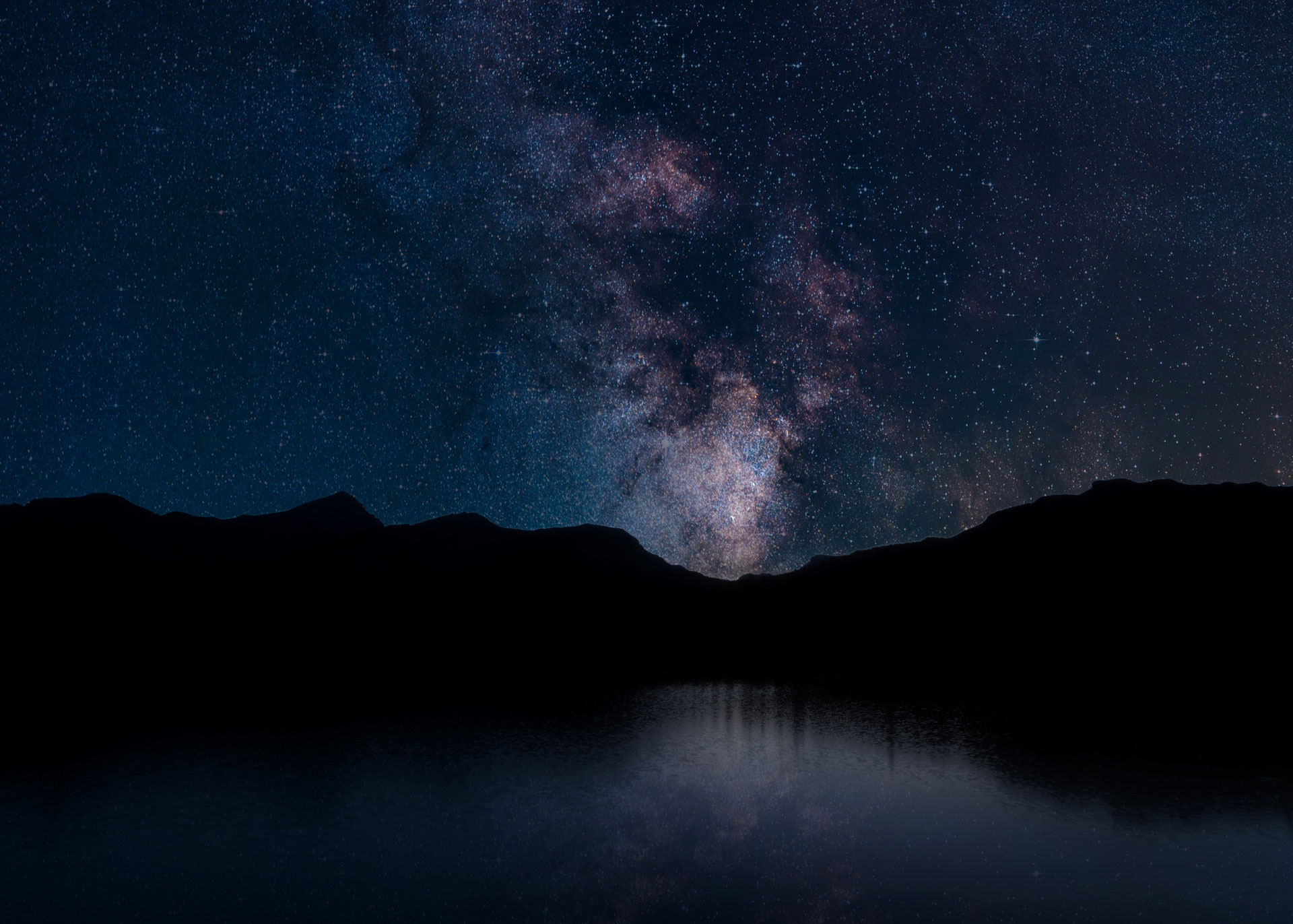
There’s something special about blue hour and the milky way in dark sky country.
In anticipation of a late evening milky way shoot, I’d arrived with a friend to roast hot dogs on a fire and chill for a bit beside the pond that afternoon. Forgetmenot is located at the west end of Highway 66 west out of Bragg Creek, Alberta, about an hour west of Calgary. One unique feature of the pond is a beautifully wheelchair accessible walking trail that runs the full circumference of the bean-shaped pond. The trail is dotted with park benches, picnic tables, and gorgeous mountain views reflecting on the pond’s surface.
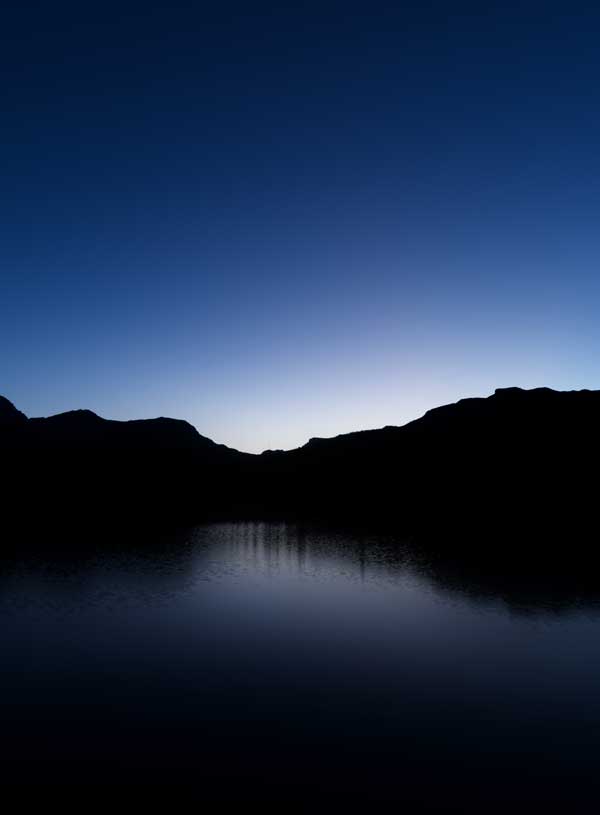
Blue hour over the pond.
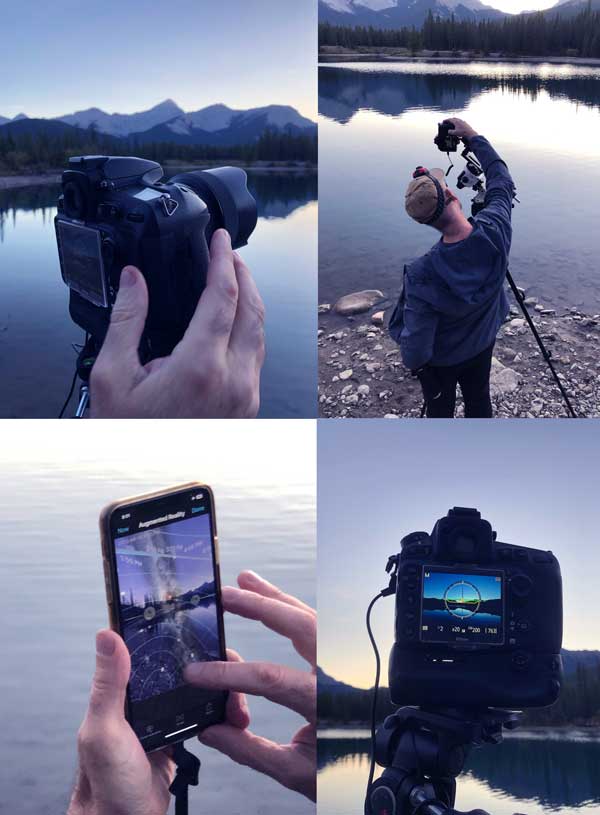
Setting up the star tracker.
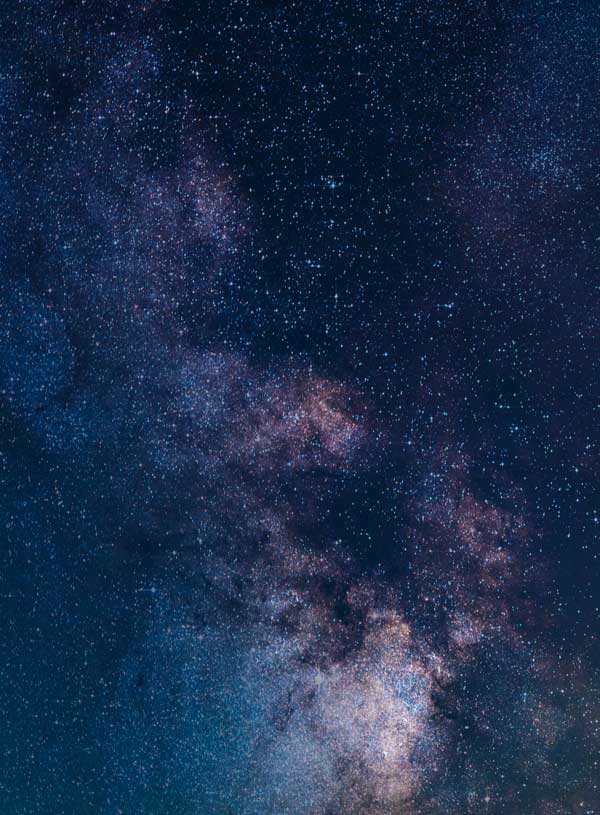
60mm Milky Way close up
In prep for the shoot, I set up two cameras on sturdy tripods. The first, a Nikon D810 to capture the foreground of pond, tree line, blue sky, and mountains. The second, a Nikon D780 atop a Star Watcher Star Adventurer 2i to capture the Sept 15th Milky Way in a single 15-minute capture. The core of the Milky Way had begun its fall below the horizon where it would remain until February. Fortunately, I was gifted clear skies that night and was determined to make the most of it. Aligning the star tracker took more than 30 minutes. I didn’t have a laser guide at the time, so relied on PhotoPills NightAR to guide the alignment in the daylight which worked perfectly.
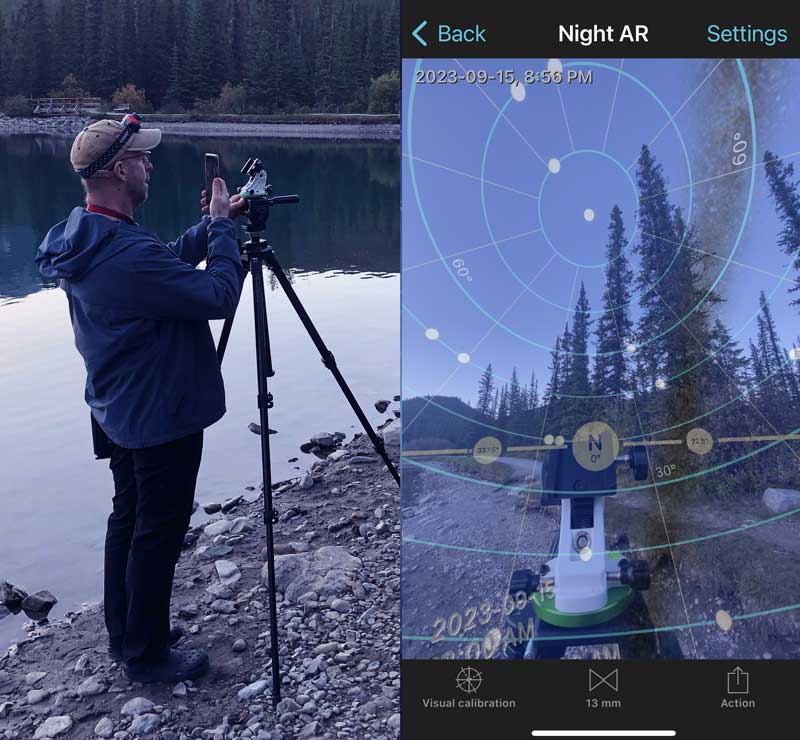
I was experimenting with single exposure lengths at the time and am happy with the outcome – although the heat build up did cause a few hot pixels to appear. I’ll attempt to re-create this shoot next year using multiple shorter exposure captures with a goal of achieving a deeper, more detailed Milky Way that shows the nebulae even better.
The night still young, I was able to capture a second milky way photo with standard settings.
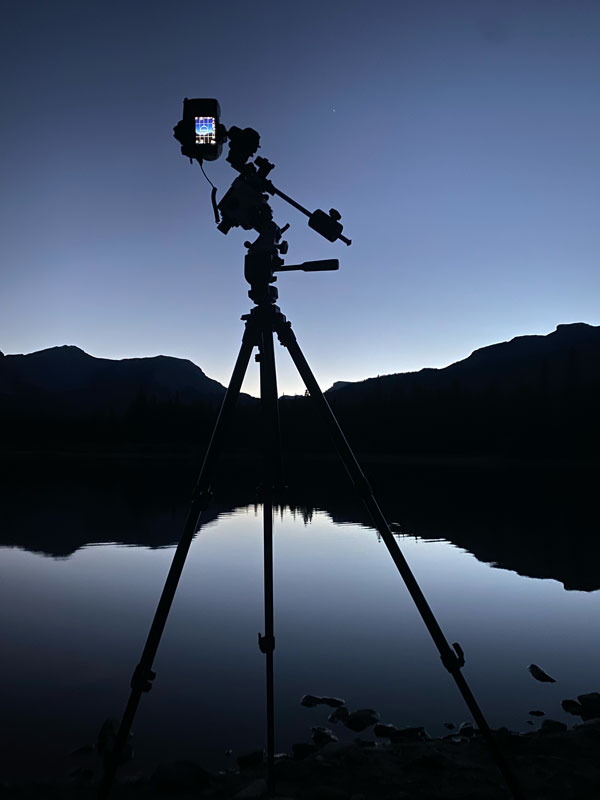
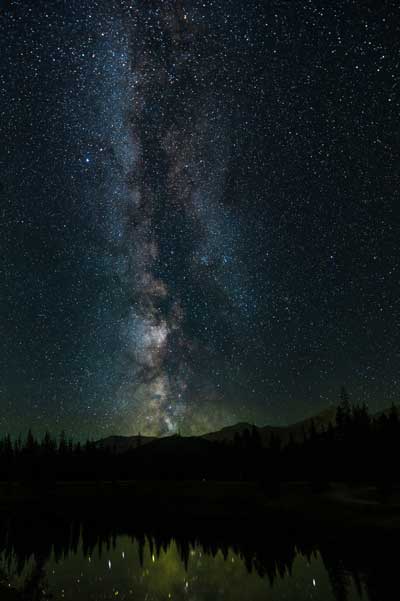
A single shot at 25 seconds.
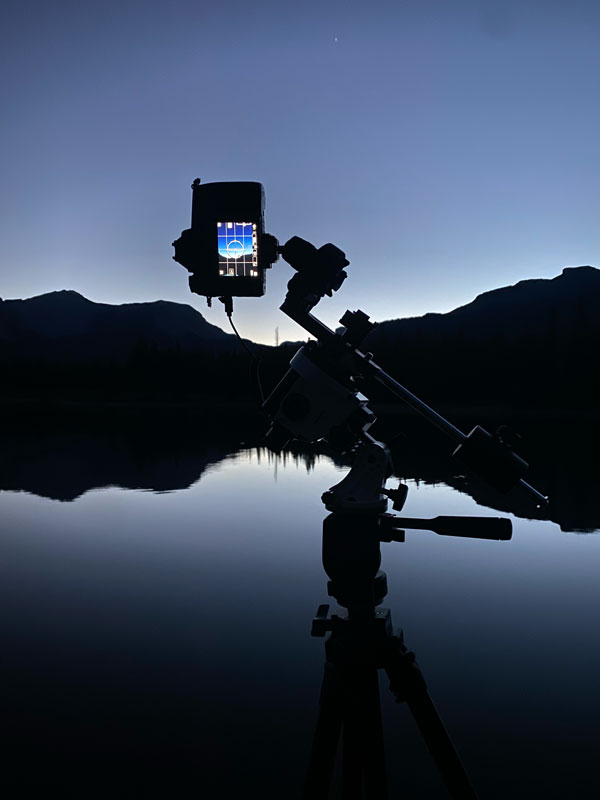
Technical aspects of this astro photography shoot.
Foreground: Nikon D810, Sigma 14-24mm wide-angle lens, Star Adventurer Star Tracker 2i, Tripod. The D810’s 36.6 megapixel sensor captures excellent detail. 20 second exposure, f/2.8, manual trigger.
Milky Way: Nikon D780, Nikkor 60mm Macro lens, Tripod. The D780’s 24.5 megapixel sensor captures light exceptionally well. Its viewfinder features touch controls, peak banding display for accurate focus, and adjusted angle preview. Once sitting high atop a star tracker, being able to see the viewfinder easily is important. 900 second exposure via Bulb mode, f/2.8, and the Star Adventurer WIFI app to control shutter and star lock.
Star Tracker: I’ve equipped my Star Adventurer Star Tracker 2i with some critical accessories: counter weight & bar, EQ base, WiFi App control, declination bracket, and an added ball mount. I pop it all on a very sturdy Manfrotto heavy video tripod to hedge against wind movement. Without these accessories, taking long exposures of the night sky is near impossible.
Shot in RAW format (NEF), the two images I captured were lightly edited and assembled in Photoshop.